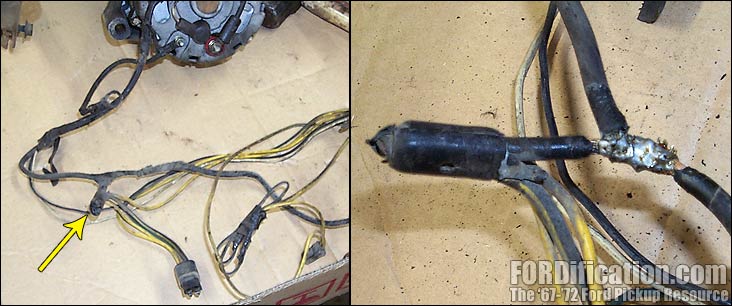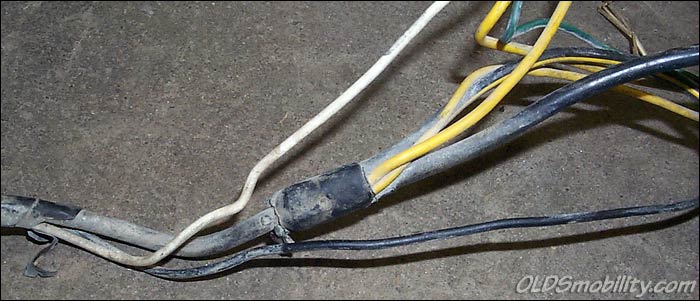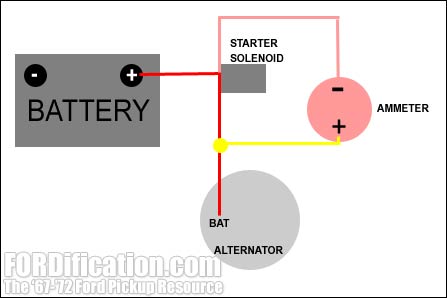bluef250 wrote:The shunt actually is the wire between the splice and the starter solenoid....
Oh really?? Hmmm....OK, this is new information I have to digest. I had to whip up another photo with the wires labeled and attach it to this post, so I can try to understand what you're saying. Refer to it for the following questions.
1) In the diagram, what I have marked as "C" isn't the shunt, you're saying is just basically a large junction? I guess I was looking at this as "A" and "B" being the same single cable, with "C" being spliced into it in the middle. But if I'm understanding you correctly, you're saying that "A" goes into the junction "C" and that "B" is spliced into "A"?
2) The cable that I have marked "A" is the one which goes from the starter solenoid to the alternator. You're saying that the cable "A" is ITSELF the shunt?
3) So then cable "B" is the one which would go straight to the solenoid for trucks without an ammeter and there would be no cable "A"?
4) Neither of the '67 full-instrumentation harnesses I've inspected had fuses. Where exactly would they go? How would this affect the resistance of the shunt?
I know the splice looks home-made, but it's not. I unwrapped it myself, and the wrapping was all one piece with the rest of the harness...so it definitely came that way from the factory, unless a previous owner rewrapped the entire harness....and since this wiring came from a truck with only 27K original miles, I'm leaning more towards this being a factory setup....but I've been wrong before.
I appreciate your input in this....it's nice being able to pick a knowledgable brain!

Thanks!
You do not have the required permissions to view the files attached to this post.








